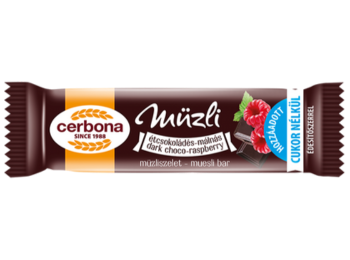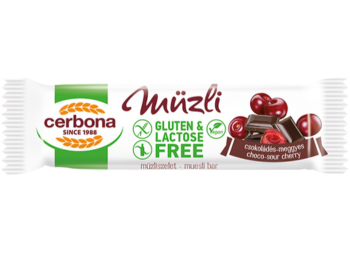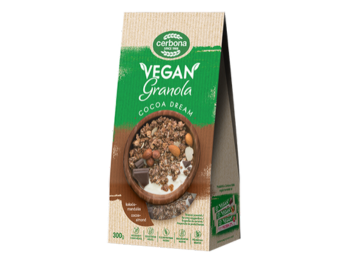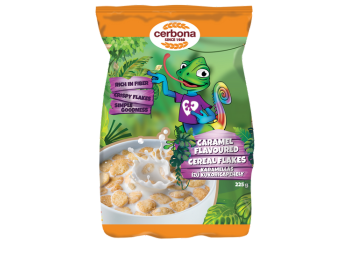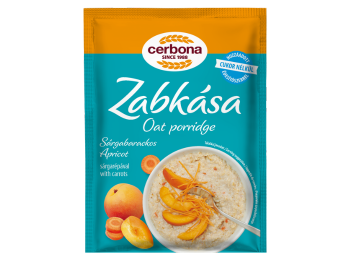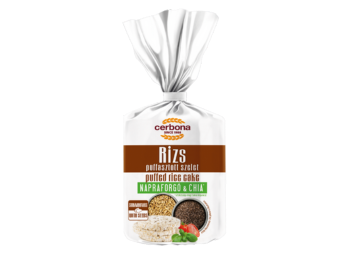A product can only be called gluten-free, if it's gluten content is maximum 20 mg/kg, and if it's proven that in the manufacturing process, it has not been cross contaminated with ingredients containing gluten such as wheat, rye or barley. If there is a slight chance of cross contamination, the gluten-free title does not apply to the product and it has to be showcased on the packaging that the product might contain traces of gluten.
The product does not contain mono- or disaccharides, or any other type of ingredient used for their sweetening effect, such as honey, sugar or fruit syrups. Regardless of this, the product can contain sugar, if the used ingredients (eg. Fruits, milk) has a naturally occuring sugar content. In this case, naturally the packaging has to clarify that the product contains ”Naturally occuring sugars”.
